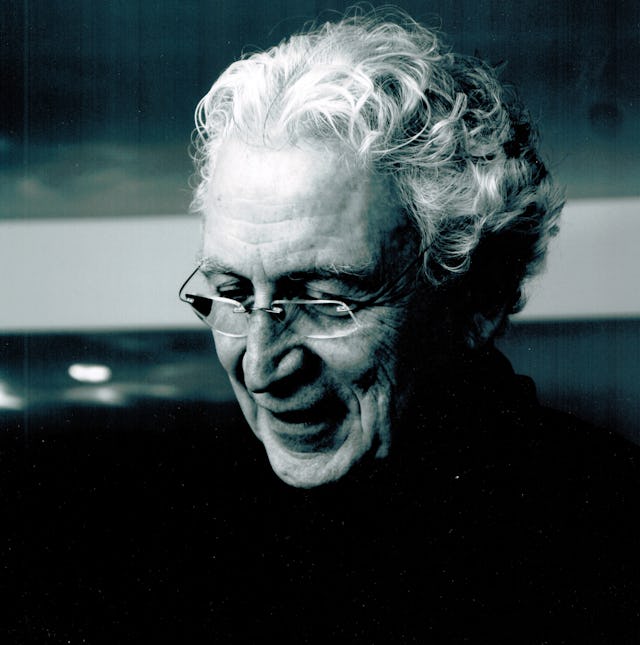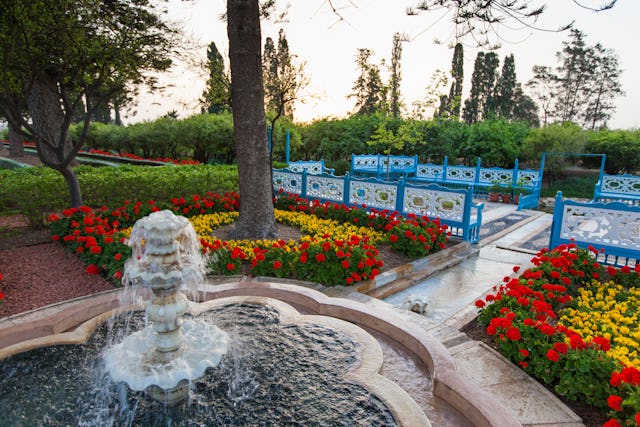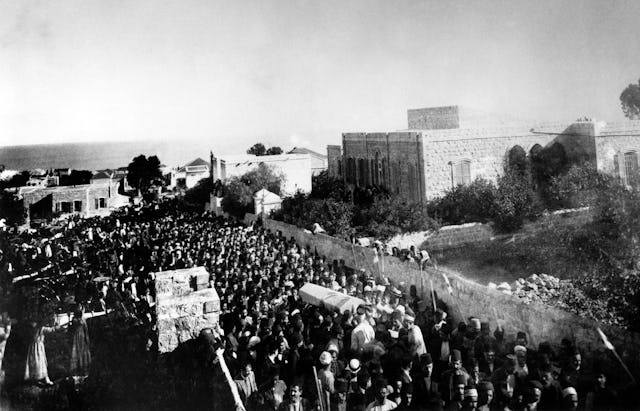Universal House of Justice announces architect for Shrine of ‘Abdu’l-Baha
BAHA'I WORLD CENTRE — The recent call of the Universal House of Justice for the construction of the permanent Shrine of ‘Abdu’l-Baha in Akka has galvanized the Baha’i world. The selection of the edifice’s architect and the establishment of a fund to support the historic project were made known earlier today.
In a letter to all National Spiritual Assemblies, the House of Justice announced the appointment of Hossein Amanat as the Shrine’s architect. The distinguished Iranian-Canadian architect is best known for his designs of three of the buildings of the Arc on Mount Carmel in Haifa as well as the Azadi Tower in Tehran.
Plans for the construction of the Shrine were revealed by the House of Justice in its annual Ridvan message. “The Bahá’í world is being summoned to build the edifice which will forever embosom those sacred remains,” states the message. The Shrine will be built in the vicinity of the Ridvan Garden in Akka, a place Baha’u’llah visited on several occasions in the later years of His life.
“It is our heartfelt desire that this sacred edifice will be raised up through the universal participation of the friends,” the House of Justice wrote today.
The day after His passing in Haifa on 28 November 1921, ‘Abdu’l-Baha’s remains were placed in a vault within the sacred Shrine of the Bab on Mount Carmel, a temporary arrangement until such time that a separate shrine would be erected in His honor. ‘Abdu’l-Baha’s funeral was unprecedented in the region for the number and diversity of those who participated. Some 10,000 people attended—more than a quarter of the city’s population—representing every class, religion, and race there.
The Shrine will be “of a character befitting the unique station of ‘Abdu’l-Bahá,” the House of Justice also wrote. Designated by Baha’u’llah as “Ridvan”, meaning paradise, the garden near which the Shrine of ‘Abdu’l-Baha will be built is a holy place visited on Baha’i pilgrimage. The garden lies about 2 kilometers outside the old city of Akka, where Baha’u’llah was held prisoner from 1868 to 1877, after which He lived in the countryside surrounding that historic fortress city. After the passing of Baha’u’llah, ‘Abdu’l-Baha continued to live in Akka for most of the remaining years of His life. He eventually moved to Haifa from where He undertook His historic journeys to Egypt and the West.


